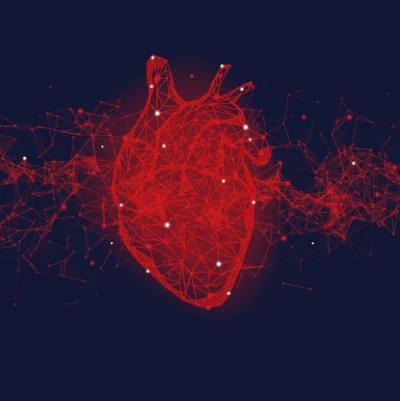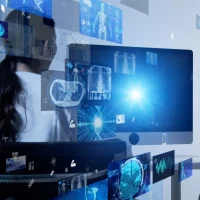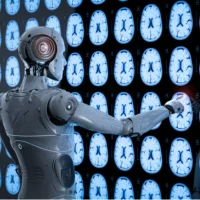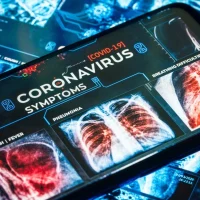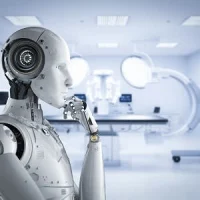Researchers from the Kobe University Hospital, Japan, have developed an AI that uses multiple types of test data to predict the location of surplus pathways in the heart. These “accessory pathways” cause the heart to beat irregularly.
In this study on “Accessory pathway analysis using a multimodal deep learning model” published in Scientific Reports, the researchers set out to improve diagnosis accuracy by having the AI learn from two completely different types of test results: electrocardiography (ECG) data and x-ray images.
Patients born with Wolff-Parkinson-White, an arrhythmic disorder, have surplus pathways – also known as accessory pathways – inside their hearts which can lead to tachycardia episodes where the pulse speeds up. One way of curing this disorder, is catheter ablation which involves using a catheter to selectively cauterise accessory pathways. However, the success rate varies depending on the location of the accessory pathways.
Most often, a 12-lead ECG – a regular electrocardiography – is used to predict the location before treatment, but this method is insufficiently accurate. Therefore, it is difficult to give patients a full explanation that includes the success rate of treatment. The aim of this study was to use AI, more specifically deep learning, to solve this problem. Data for each patient was entered as well as the corresponding answers into a software program. By repeating this learning process, the program automatically becomes smarter, and the researchers could present a solution to the unresolved problem.
The study was successful due to the fact that the accuracy was increased by having the AI learn from ECG results as well as x-ray images – a completely different type of data. AI mediated diagnoses will enable clinicians to offer pre-treatment patients more accurate information regarding their condition and put them at ease. The research team concluded that this study could be applied to various other disorders, leading to a greater use of AI diagnosis software.
Source: Eurekalert
Image credit: iStock
Reference:
DOI: 10.1038/s41598-021-87631-y





